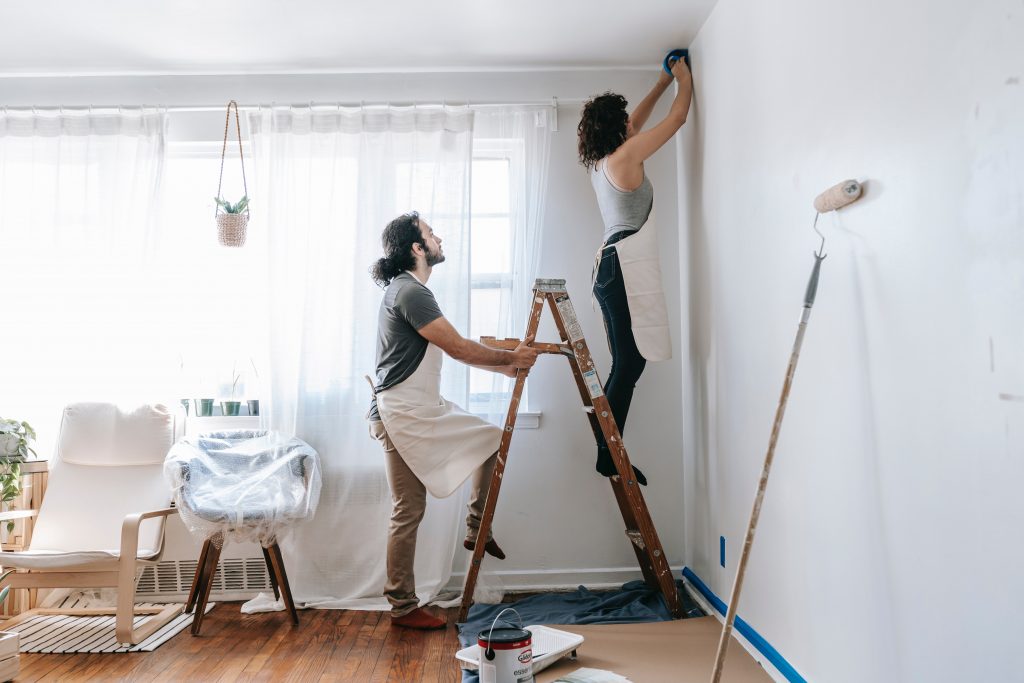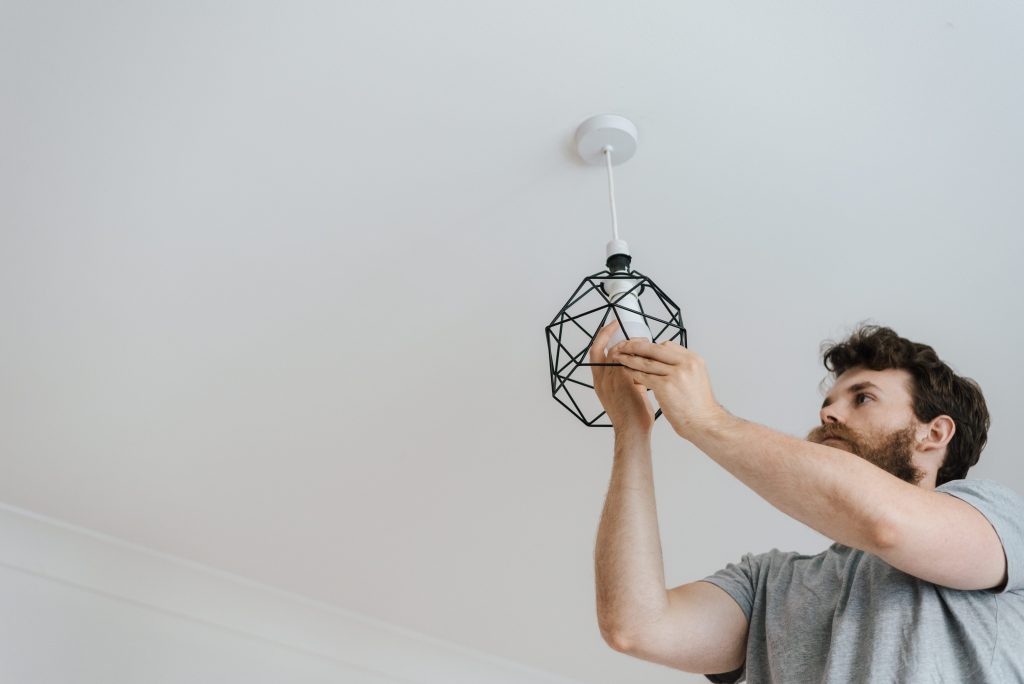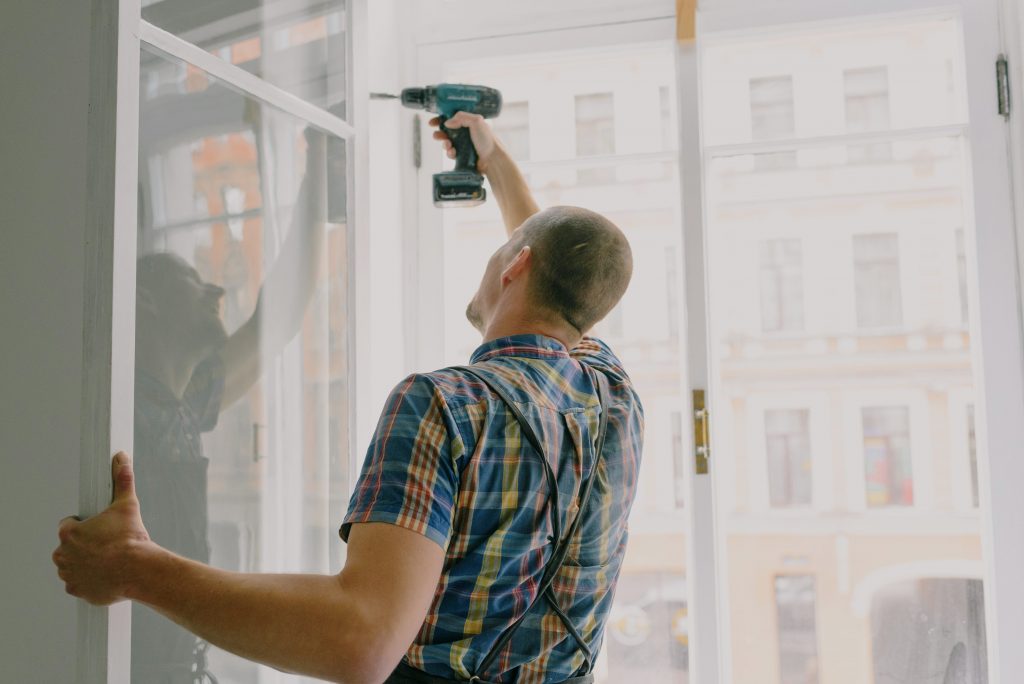Steps to take seriously when selling your house. Before the “for sale” sign is put up, a lot of work goes into selling your property, including selecting an agent, figuring out the best sale price, and staging it.
If you’ve never sold a property before, the procedure and all of its preliminary processes might surprise you. Even if you might hire a real estate agent to handle the specifics, you and your family are still in charge of doing the bulk of the work necessary to get your home ready for sale, especially if you want to maximize the proceeds.
Here is a look at the initial steps in effectively selling your property that you need to know to help you be ready for what to expect and to get ready for a smooth process.
Choose a reliable real estate agent
Although you can sell your house on your own, 91 percent of sellers engage with a real estate agent, according to the National Association of Realtors. It makes sense that the majority of homeowners choose an agent because they are familiar with the housing market and all the nuances involved in preparing your home for sale.
But when choosing an agent, do your research. To complete the task, you want an agent that is knowledgeable about your neighborhood and has a ton of industry experience. Look at the websites of the agents, read any internet reviews, and ask your neighbors if they have any recommendations. Have coffee with your top three choices to see how you click. Inquire about their commission schedules, business model, and expected level of service.
Selecting your agent is the first crucial step; they will be your helping hand, guiding you through the next processes, and ultimately have the fiduciary responsibility to look out for your best interests in the home-selling process. Remember that you don’t have to work with a real estate agent; going “for sale by owner” is also an option.
Consider your local housing market
Your realtor will also be aware of the state of the local property market, including whether it is hot, cold, or neutral, and how that may effect how much to ask for your house.
It’s crucial to choose the proper moment as well. Inventory is taken into account while analyzing housing market trends, although generally, spring and summer are the busiest times for property sales. The best time to list your house for sale is during the warmer months when it is pleasant outside and the kids are out of school for the summer.
Pay attention to the dynamics of your local neighborhood. You might decide to wait a little longer if a few of your neighbors put “for sale” signs on your street so as not to oversaturate the local market. This can occasionally be a good thing because you have more time to get your house in the finest possible shape if you aren’t in a rush to move.
Fix up your house with important repairs
It’s now time to put your skills to work and prepare your house for sale. As you hunt for a new home, you’ll probably visit open houses and browse internet listings, so you already know that a house in excellent condition will draw the highest bids.
You can focus on the repairs and modifications that are absolutely necessary by comparing your agent’s suggestions following a walkthrough with a pre-listing inspection list. (Pre-listing home inspections are an optional step, but they give you an useful preview of how your house will do at a future official inspection and allow you the chance to address problems before they arise.)

focus on simple repairs
You can take care of any obvious problems, like soiled bathroom tiles, worn-out carpets, or outdated kitchen drawers and cupboards. Fix the creaky door, the damaged window frame, the leaking faucet, and give your house a thorough cleaning from top to bottom so that every space is spotless and odor-free.


Do your best to purge the clutter. The size of each room, the depth of the cabinets, and the closet space will all interest potential purchasers. By making it empty so they have a blank canvas to work with, you may assist them in picturing how they might fit into your home. This also applies to your tables, countertops, and bookcases.
Consider your curb appeal
“Curb appeal” is something your agent will mention. It refers to what potential purchasers may view of your home from the street in real estate jargon. To encourage visitors to request a viewing of your property, you should present a visually appealing image of it. You can accomplish this by giving the exterior a fresh coat of paint, cleaning up your front yard, and ensuring that your garage is organized.

You must determine whether investing in a big improvement, such as a kitchen redesign, basement finishing, or the installation of central air conditioning, will result in a higher sale price. According to statistics, your property won’t sell for more than 15% above the median price of other properties in your community, so talk to your realtor before installing marble floors or cutting-edge kitchen appliances to increase your sale price. They might discourage you from spending money on modifications or adaptations that might not yield the results you desire. Defer to your pre-listing home inspection is a wise maxim (if you decide to get one). If you fix any significant flaws immediately, you could avoid future problems that might keep purchasers from finalizing the transaction.
Prepare your home for showings
Today’s house purchasers research listings online before picking which ones to visit in person. According to the NAR, 50% of purchasers started their search for a new home online, thus in the end, your property’s initial impression is created via online advertisements, photo galleries, and virtual tours.
In light of this, you want to hire a skilled photographer to take stunning photos of each space in your house. Homebuyers won’t bother looking at your ad if the photographs are of poor quality, so don’t scrimp on this crucial stage. Your agent probably works with a preferred photographer who can create a collection of excellent photos of your house and put together a 360-degree virtual tour for each room.
Every room in your home should be staged before the photo session so the photographer can capture it at its best. The three areas you should stage the most are your living room, kitchen, and master bedroom. This entails putting away personal belongings, broken furniture, and clutter while making ensuring that the accents, lighting, and décor highlight your home’s best qualities.
Hire a professional home stager if you’re unsure how to proceed. They frequently include pieces of furniture, bold artwork, and mirrors that can elevate your area and make it the ideal residence for any possible buyer.
Complete disclosures and list of items that don’t convey
Homeowners are required by law to fully state any problems they encountered while residing in the property that might have an impact on the home’s marketability or resale value. For instance, lead-based paint must be disclosed in homes constructed before 1978, and prospective buyers with allergies may want to know if you had a pest problem or maintained pets in the house.
Physical flaws like leaks, bad wiring, concrete fractures, and other problems you have to cope with are also disclosed. Your obligation may increase depending on the state you reside in since, although most jurisdictions just need homeowners to disclose problems they are aware of, some states require them to actively seek out issues.
You should fill out, sign, and date a particular form provided by your state. Keep this paper handy since your buyer will need to sign and date it later in the process to confirm that they received your disclosures. You should have an informed response for this step based on your pre-listing inspection, cleaning checklist, and comprehensive study of the problems you corrected around the house.
Make sure you mention in the listing notes what items convey and don’t convey with the property. A good example would be fridges, washer/dryers, TV mounts, storage shelves, camera/alarm systems and blinds. If it is “attached” to the home it is implied that it will convey with the property, don’t forget about projectors and speakers.
Marketing and listing your home
Now that you have your asking price and expert images, it’s time to determine how you’ll sell your house. Choose the distinguishing qualities of your home that will appeal to homebuyers while sitting down with your agent. Is there a lot of natural light in your house? Is it close to excellent schools and transportation options? Does it have modernized kitchen and bathroom fixtures?
For your MLS (Multiple Listing Service) listing, your agent most likely has a selection of marketing terms to pick from. You can add your photo gallery and virtual tour once you’ve decided on the language to use to describe your house. Since the online listing will appear on most real estate websites, check it out to make sure you like it.
After that, your agent will create and execute a marketing plan for your house in order to draw in buyers. They’ll use social media to spread the word about your property to their clients who are looking, they’ll communicate with their network of agents who are working with buyers, and they’ll make sure you have a big “for sale” sign out front. They may even use outdated newspaper advertising and local leaflets linking to your listing, depending on where you live.
Your house is currently for sale as a result of all your effort. While you should pause to enjoy yourself, the procedure is still ongoing. You will now enter the second phase of the house-selling process, which include displaying your property, closing the deal, and everything in between, once it is on the market.




